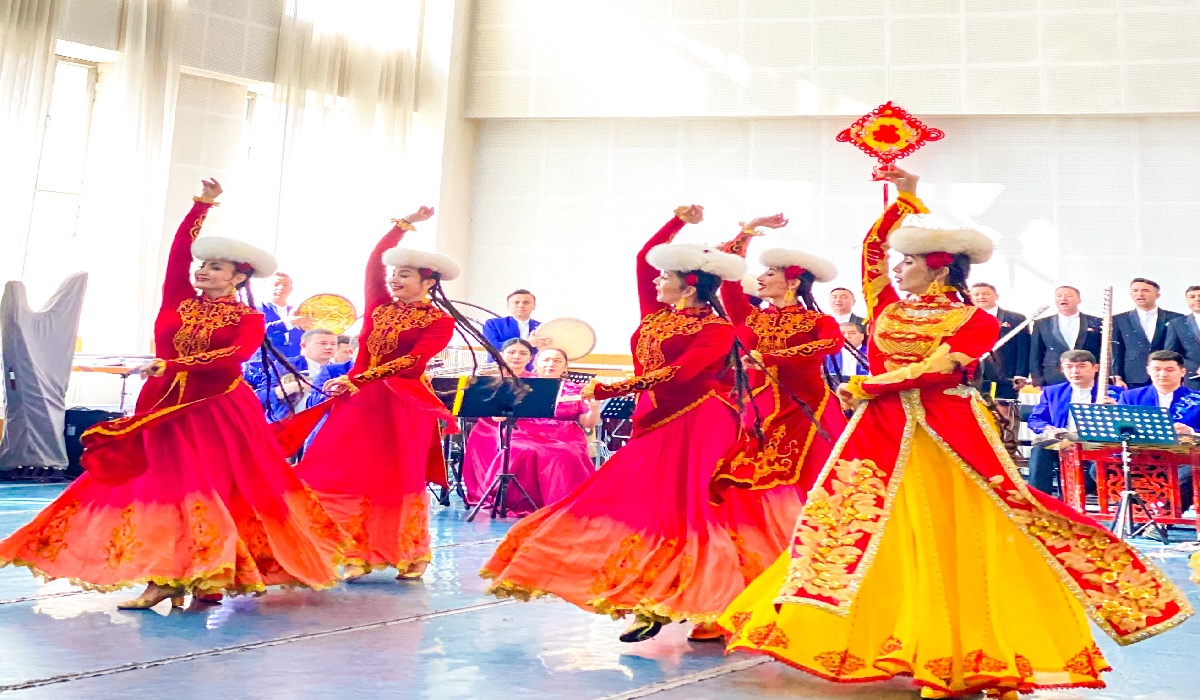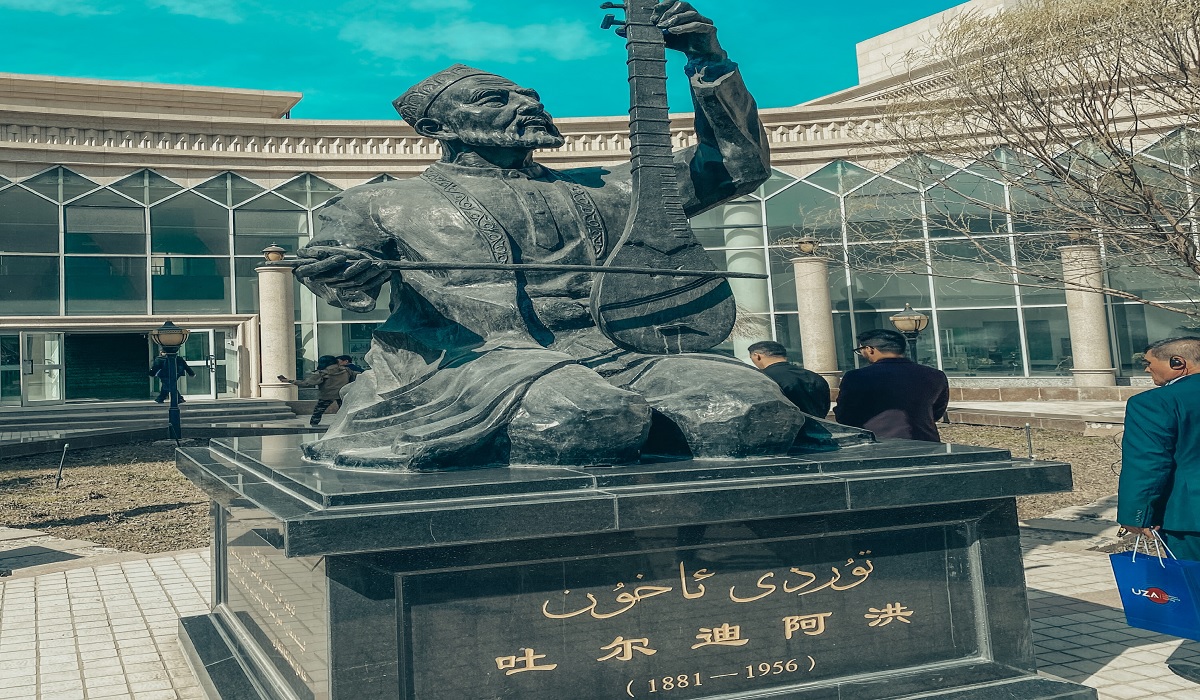Art has an extraordinary ability to transcend borders and time, serving as a universal language that connects people from diverse backgrounds. Nowhere is this more evident than in Xinjiang, China, where the vibrant Uyghur culture finds expression through the enchanting performances of Muqam. Journalists from around the globe recently had the opportunity to witness firsthand the beauty and richness of this cultural treasure at the Xinjiang Muqam Art Theatre in Urumqi this past month.
Muqam, a traditional Uyghur musical and dance performance, is a celebration of the history and traditions of the Uyghur people. It encompasses a diverse array of artistic elements, including music, dance, and storytelling, weaving together a mesmerizing narrative that captivates audiences. Rooted in centuries of cultural exchange along the Silk Road, Muqam reflects the unique blend of influences from East and West that characterize Xinjiang’s rich heritage.
At the heart of this cultural renaissance lies the Xinjiang Muqam Art Theatre, a magnificent institution dedicated to preserving and showcasing the beauty of Uyghur Muqam. With its grand architecture, the theater serves as a reflection to the enduring legacy of Uyghur artistic expression. Visitors are greeted by sprawling oil paintings by renowned Uyghur artists, providing a glimpse into the depth and complexity of Uyghur culture.

Established in 1949, the Xinjiang Muqam Art Theatre has been a beacon of cultural pride, attracting visitors from far and wide. Supported by significant government funding, totaling 130 million Yuan, the theater stands as a symbol of the government’s commitment to preserving and promoting ethnic cultures in Xinjiang. Its state-of-the-art facilities and expansive rehearsal studios provide a welcoming environment for artists to hone their craft and keep Uyghur traditions alive.
Central to the theater’s mission is the regular performance of the Twelve Muqam, a collection of traditional Uyghur musical suites. These performances serve not only to entertain but also to educate, bridging the gap between generations and ensuring the transmission of Uyghur heritage to future practitioners. Through these performances, the theater serves as a cultural ambassador, fostering understanding and appreciation for Uyghur culture both at home and abroad.
The global reach of Uyghur Muqam is perhaps most evident in the theater’s annual international performances. Artists from Kazakhstan, Uzbekistan, and beyond converge on the stage, showcasing the universal appeal of Uyghur music and dance. Beyond its borders, Xinjiang has hosted large-scale international dance festivals, attracting participants from over 56 countries, and drawing audiences of over 100,000.
Government support plays an important role in sustaining the vibrant cultural landscape of Xinjiang. Substantial funding from all levels of government ensures the preservation and promotion of ethnic cultures, including the protection of mother languages and the establishment of cultural workshops. President Xi’s reaffirmation of the government’s commitment to ethnic funding during his visit to Xinjiang emphasizes the importance of cultural preservation in fostering unity and harmony.
The Uyghur Muqam and the Xinjiang Muqam Art Theatre stand as examples of the transformative power of art in celebrating cultural diversity and fostering understanding. With unwavering government support and a steadfast commitment to preserving Uyghur heritage, Xinjiang serves as hope for cultural preservationists around the world. As we continue to navigate an increasingly interconnected world, let us remember the profound words of Victor Hugo: “Music expresses that which cannot be said and on which it is impossible to be silent.”









